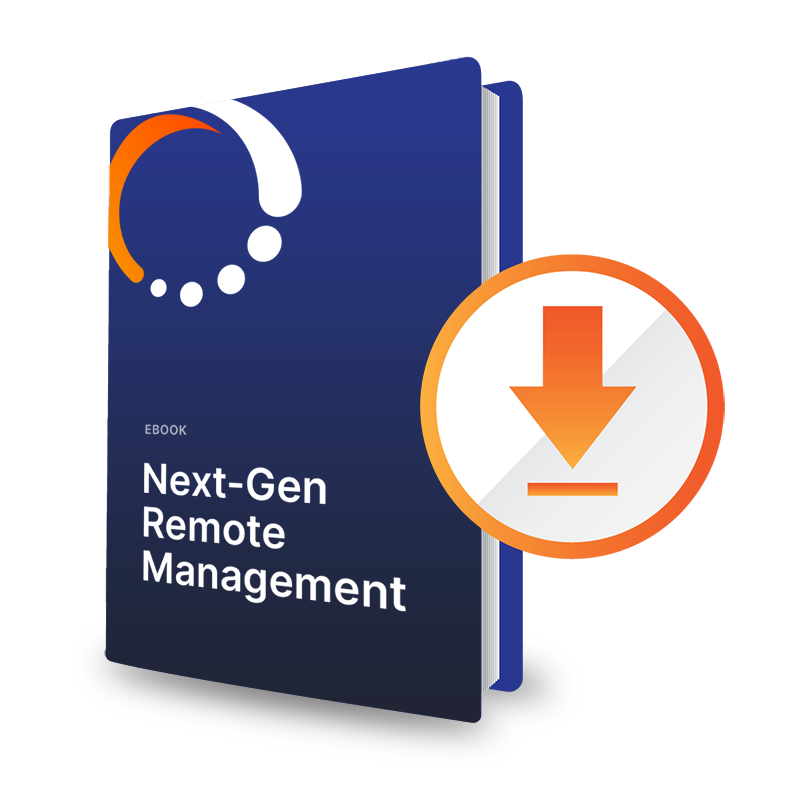Connectivity Speeds Are Accelerating. That’s Great News for IoT Technology
Gains in connectivity speeds are going to revolutionize the IoT and let us take for granted low power, long distance wireless connectivity.

The history of computing is really the history of connectivity.
Go back far enough and “Sneakernets” dominated most offices, as the only way to exchange data was by walking a floppy disk across the room.
By the early 1990s, Microsoft developed ways to integrate networking technology into Windows, which led to products like Windows for Workgroups 3.11 in 1993.
Fast forward a few decades, and we’ve evolved though multiple generations of Wi-Fi, Bluetooth, and cellular networks. And the pace of change is only accelerating.
5G is rolling out
One of the biggest changes coming for the Internet of Things is 5G.
5G has been hyped for a few years, but this is the year that cellular carriers began the process of rolling out the new wireless standard.
Carriers like AT&T, Verizon, T-Mobile, and Sprint all started to deploy their networks this year, though widespread availability is still a year or more away.
Indeed, as 2019 winds down, 5G has gotten little more than a foothold in a handful of cities this year.
AT&T has made 5G available for select customers in about 20 cities, with Verizon close behind with about 18 cities. T-Mobile and Sprint have built out roughly half a dozen each.
But, what makes 5G so great?
5G is, as its name suggests, the fifth generation of cellular technology, and can potentially reach peak speeds of about 10Gbps – more than two orders of magnitude faster than current 4G cellular connectivity, which tops out at 60Mbps.
It also offers dramatically lower latency as well. The difference in performance is stunning – 5G devices will be able to download entire feature-length movies in seconds, for example, and the industrial applications for transferring enormous volumes of data wirelessly will potentially rewrite the rules for how the IoT works.
But as exciting as 5G is, we’re still at least a year away from general availability.
It’s going to take time to build out the 5G network because it works fundamentally differently than 4G and older cellular tech. 5G is carried on high frequency millimeter-wave (which span from 20-60GHz) and requires a dense network of antennas to build out reliable coverage in urban areas.
That’s being combined with longer 2.5GHz wavelength systems to carry the signal in less dense rural areas.
Wi-Fi will evolve as well
Thanks to 5G, 2020 is going to be a great year for IoT systems – but Wi-Fi is evolving as well.
Current Wi-FG implementations like 802.11a and 802.11n (which broadly fall into the category of Wi-Fi 5), top out at 3.5 Gbps. But Wi-Fi 6 is expected to have a top speed of 9.6 Gbps.
There’s more here than meets the eye.
Wi-Fi 6 is designed to support multiple devices on a single network more efficiently, allowing individual devices to hit peak speeds and not get congested, which is what happens today with current flavors of Wi-Fi.
Wi-Fi 6 also has new protocols that allow devices to synchronize and schedule communication with the router, so they can power off the antenna when it’s not needed.
That saves battery life and makes Wi-Fi 6 devices more power efficient.
In other words, Wi-Fi 6 has been designed from the ground up to support the kind of device rich, distributed networks with battery-powered wireless devices that we’ll increasingly see with IoT.
Bluetooth 5 sees widespread adoption
Finally, Bluetooth isn’t standing still either, and Bluetooth 5 – which debuted in 2016 – is finally starting to see widespread adoption in consumer and enterprise devices.
The result? For compatible devices, Bluetooth offers four times the range – now 120 meters, rather than 30 meters – as well as the ability to transmit the same data to two devices at once.
Especially useful for IoT, Bluetooth 5 also incorporates Beacon technology, letting devices exchange information with beacons using very low energy.
This is especially useful in retail environments, as well as warehouses and storerooms – wherever it’s useful to be able to be able to pinpoint your location within an interior space or transmit information to mobile devices.
Any one of these new technologies would be remarkable, but all three converging, as they are, in the next couple of years, are going to revolutionize the IoT and let us take for granted low power, long distance wireless connectivity.













